Practise building compound words with this set of 20 puzzles, each with three pieces—two smaller words and the compound word they form.
Get Creative with Compound Word Activities!
Teaching compound words is a fantastic way to show your students how creative the English language can be!
In this activity, we took common compound words your students will encounter on their reading journey. We put them in a familiar puzzle format to help visualise these words by dividing them into their parts.
Make Sense of Making Compound Words
This resource can be used as a reading centre activity, with your guided reading group, or as a whole class activity (see below) to practise identifying and forming compound words.
To play, students will combine the puzzle pieces with the two smaller words and the compound word they form.
More Ways to Use This Compound Word Activity
This resource can be used for individualised practise, especially if you’ve got fast finishers! You can also use this game to create full-class learning opportunities like scoot activities, lesson reviews, comprehension assessments, and more.
Need more ideas? Try these out if you have a few extra minutes!
✍️ Writing Practise with Compound Words
Get more out of this activity with creative writing! After putting together the puzzle pieces, have students write each compound word in sentences, stories, or poems.
💔 Let’s Split Compound Words
This activity can also be a formative assessment or a Bell Ringer activity. Pull an assortment of compound word pieces (6, for example) and project them on the board for the whole class to see. Have each student pick three words and write them on a separate paper or sticky note. Then, have the students draw a line through each word to break it into parts, showing they’ve read it and understand which two single words form the compound word.
Easily Prepare This Resource for Your Students
Print on thick card for added durability and longevity. Place all pieces in a folder or large envelope for easy access.
Use the drop-down icon on the Download button to choose between the PDF or Google Slides version of this resource.
This resource was created by Lisa Harris, a teacher and Teach Starter Collaborator.
Need More Ideas for Teaching Compound Words?
Before you go, take advantage of a world of educational possibilities! Explore these related resources to enhance your teaching toolkit.
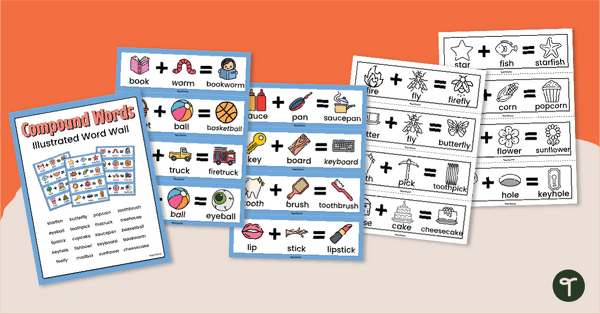
teaching resource
Compound Words With Pictures - Word Wall
Combine words to make compound words and boost vocabulary skills with a printable combining words word wall.s.
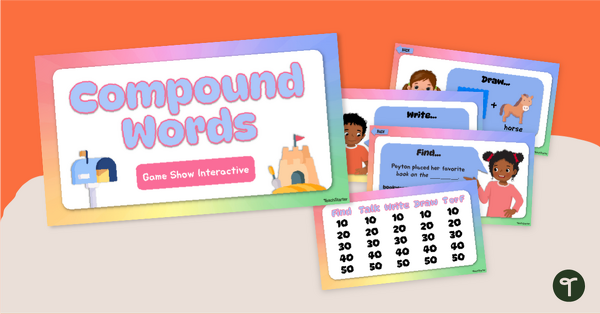
teaching resource
Compound Words Game Show Interactive
Turn your compound word lessons into a fun game with an interactive Compound Word Game Show activity!
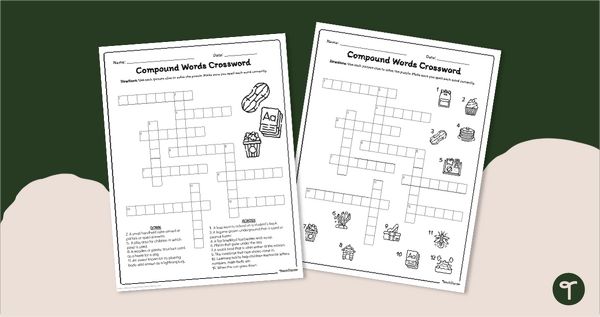
teaching resource
Compound Words Crossword Puzzle Pack
Boost vocabulary skills with a pack of printable Compound Word Crossword Puzzles!
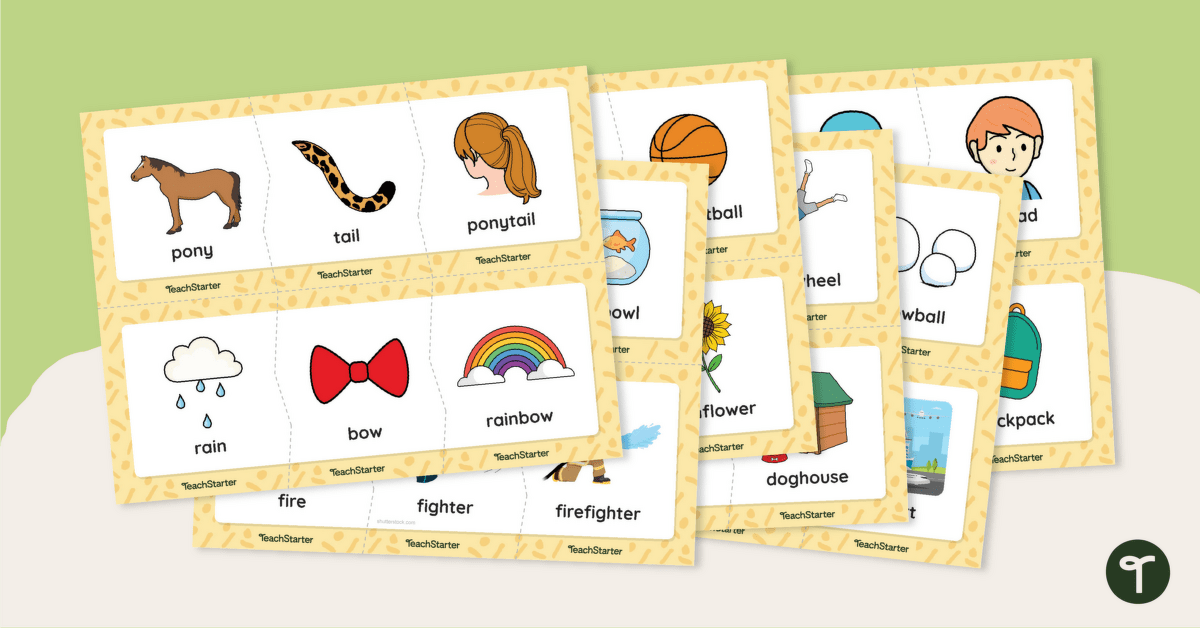

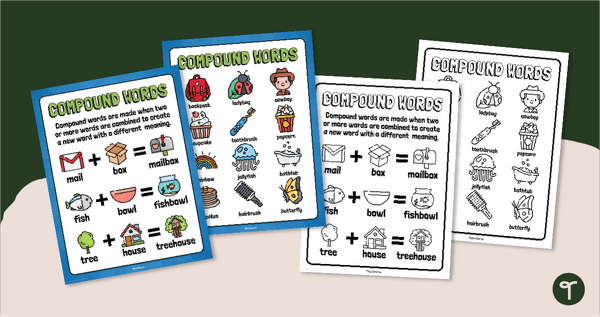
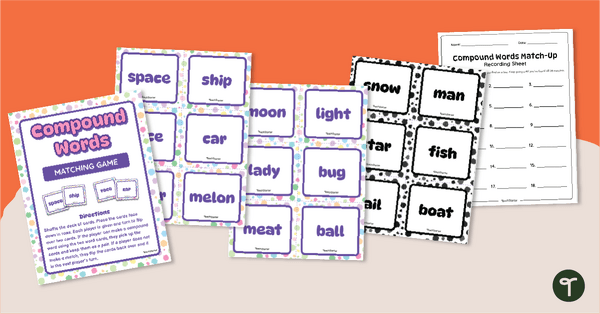
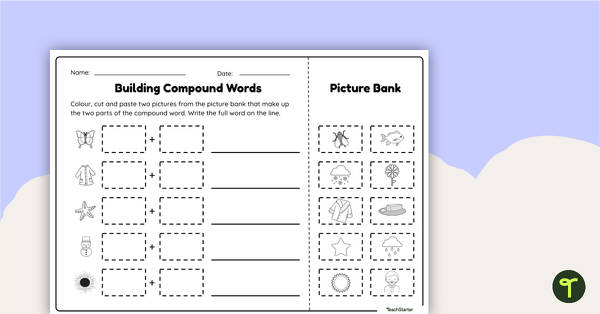


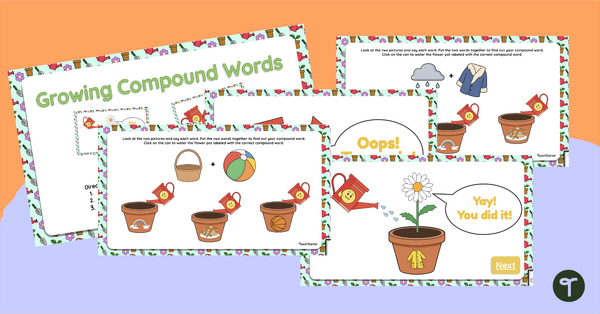
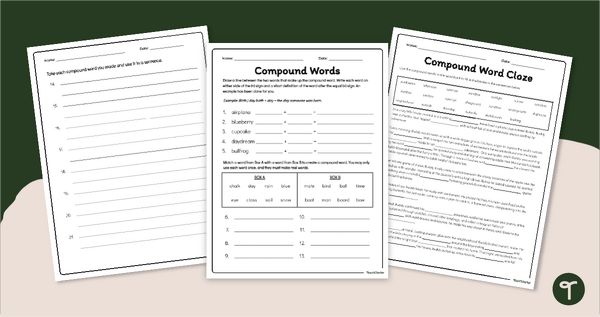
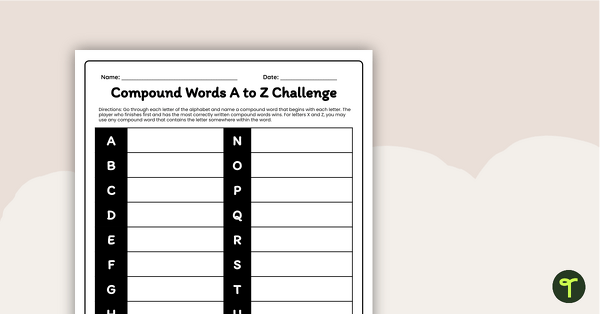
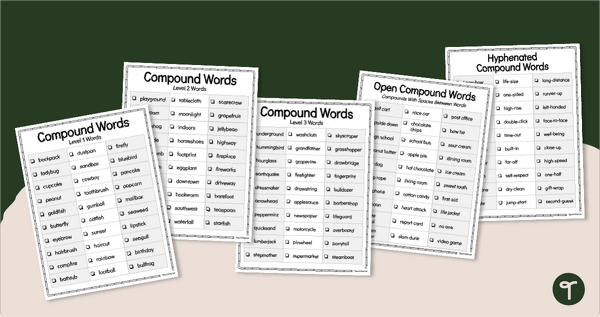
0 Comments
Write a review to help other teachers and parents like yourself. If you'd like to request a change to this resource, or report an error, select the corresponding tab above.